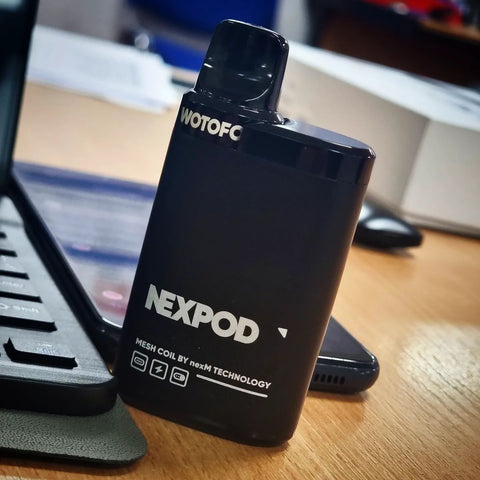The Chinese pharmacist, Hon Lik is the person behind the invention of the e-cigarette in 2003. By then, Lik was searching for a cleaner and safer method of enjoying his nicotine. In the following year, the device was launched in the Chinese market and 2006 and 2007 in Europe and America respectively.
Today, approximately 35 million people across the globe use these devices to inhale nicotine, which has multiple names, including vapes, vape mods, e-cigs, and e-hookahs among others. Along with its increasing popularity, e-cigs have attracted immense debate over whether they are safer than ordinary cigarettes.
Initially, e-cigs were marketed as alternative tools for people wanting to stop smoking. Nevertheless, several health organizations including the WHO have raised safety and health concerns and issued warning against using these devices.
Some countries like Vietnam, Brazil, Lebanon, et al. have prohibited the use of e-cigarettes whereas others such as the UK champion them as paramount resources in their anti-tobacco crusades.
Whether you overheard them at school, in your village, or on the internet, there are countless “alternative facts” linked to vaping, but you should know the accurate ones.
Notwithstanding, health authorities have associated vaping with lung injuries and even deaths that are thought to result from compounds such as tetrahydrocannabinol (THC) in marijuana. Besides, nicotine-based vapes are dominating the marketing and this has skyrocketed their application especially by teens and young adults, causing addiction and placing them at the risk of contracting health problems.
In response to this, some communities and states are forced to initiate bans on flavored vaping products. Regardless of what the research proves to us about the harmful effects of vaping, the number of vapers across the globe is growing. ie, there are both pros and cons of vaping. This could be explained by the persistence of myths and misconceptions about the whole idea of vaping that is blurring the boundaries between facts and fiction.
Consequently, we are debunking the commonly known vaping myths to exhibit a better illumination of the underlying health risks associated with vaping. The ongoing debate is generating a great deal of misinformation.
As responsible vaping advocates, it’s our responsibility to take you through some of the most common misconceptions that have plagued the vaping industry with scaremongering tales.





Leave a Comment